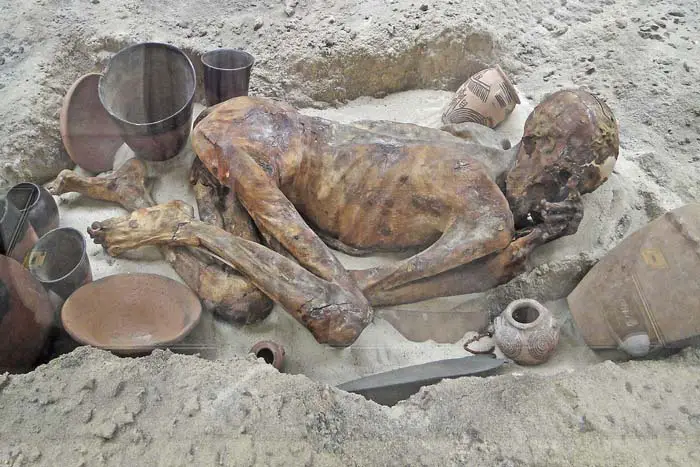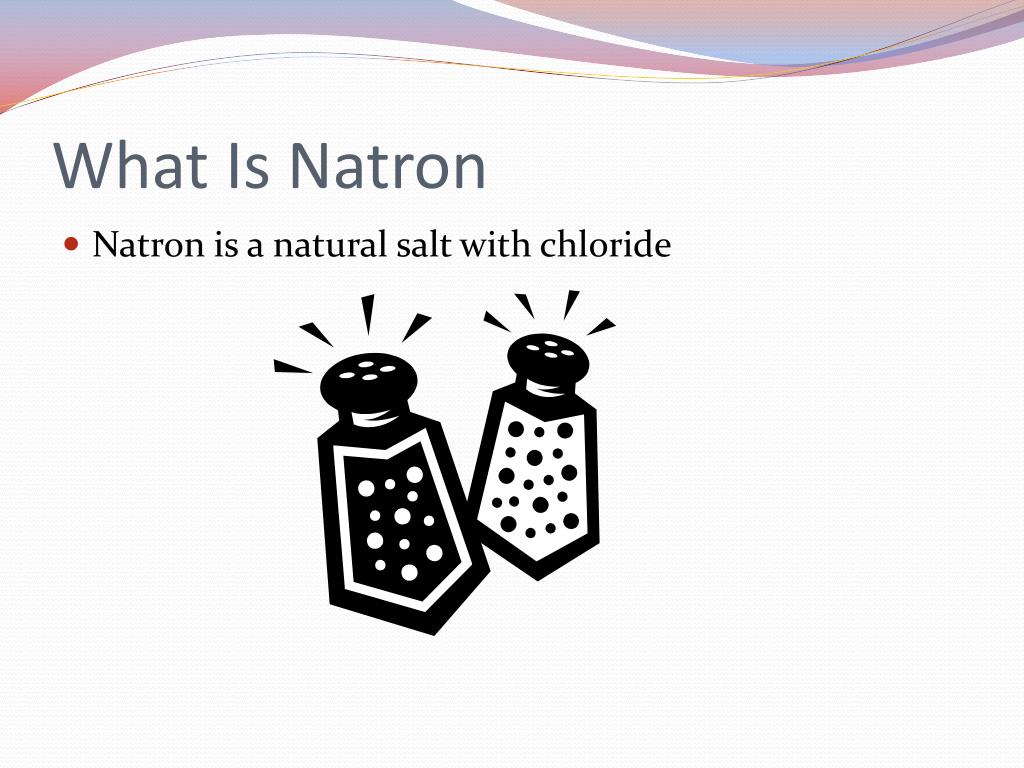
To dry out our tomato we need to make a small incision in the fruit and scoop out the seeds inside. What does it feel like, smell like, what colours can you see, what about the texture of the skin? Keep an un-mummified tomato as a control to provide a comparison. Yuck!īefore you start – observe your tomato really carefully. After a few days, observe which conditions are best for mould to grow on the bread. They’ll also need to place a 1cm layer of dry sand in one container and a similar layer of damp sand in the other. The drier we can get our tomato the less likely it will rot.Ĭhildren can test this idea by sealing slices of bread in two separate Ziploc bags - or closed pop bottles. Unfortunately for budding embalmers, tomatoes, like us, contain a huge amount of water. The first step in mummification is to get rid of the wet and gooey stuff dry materials are less likely to rot and decay than damp ones. As their civilisation became more developed, complicated rituals and processes evolved to produce more sophisticated mummies. To begin with, Egyptians probably noticed that bodies buried in the dry, hot sand of the desert tended to dry out naturally and become mummified. The ancient Egyptians believed that the body of a dead person needed to be preserved in order that the spirit of the deceased could live on in the afterlife. Mummies are fascinating relics of the Egyptian civilization and a great place to start investigating – not with a real body, of course, but with a tomato! Remember – we don’t have to teach something that fits into a QCA unit to be teaching science well, any investigation that develops a science skill is worthwhile, so enjoy investigating.


I’ve come up with one or two science investigations that will enhance your Egyptians topic but still maintain the integrity of the science.

Why forces? Because they needed to drag the stones to make the pyramids, didn’t they! Hmm…tenuous? In fact I grew up teaching the ‘integrated day’ where every subject was rammed into ‘the topic’ whether it fitted or not and ‘doing the Egyptians’ was the time to teach pyramids in shape, rivers in geography and forces in science. Debbie Herridge unwraps the mummy of ‘topic work’ and discovers a wealth of practical science experiments within.


 0 kommentar(er)
0 kommentar(er)
